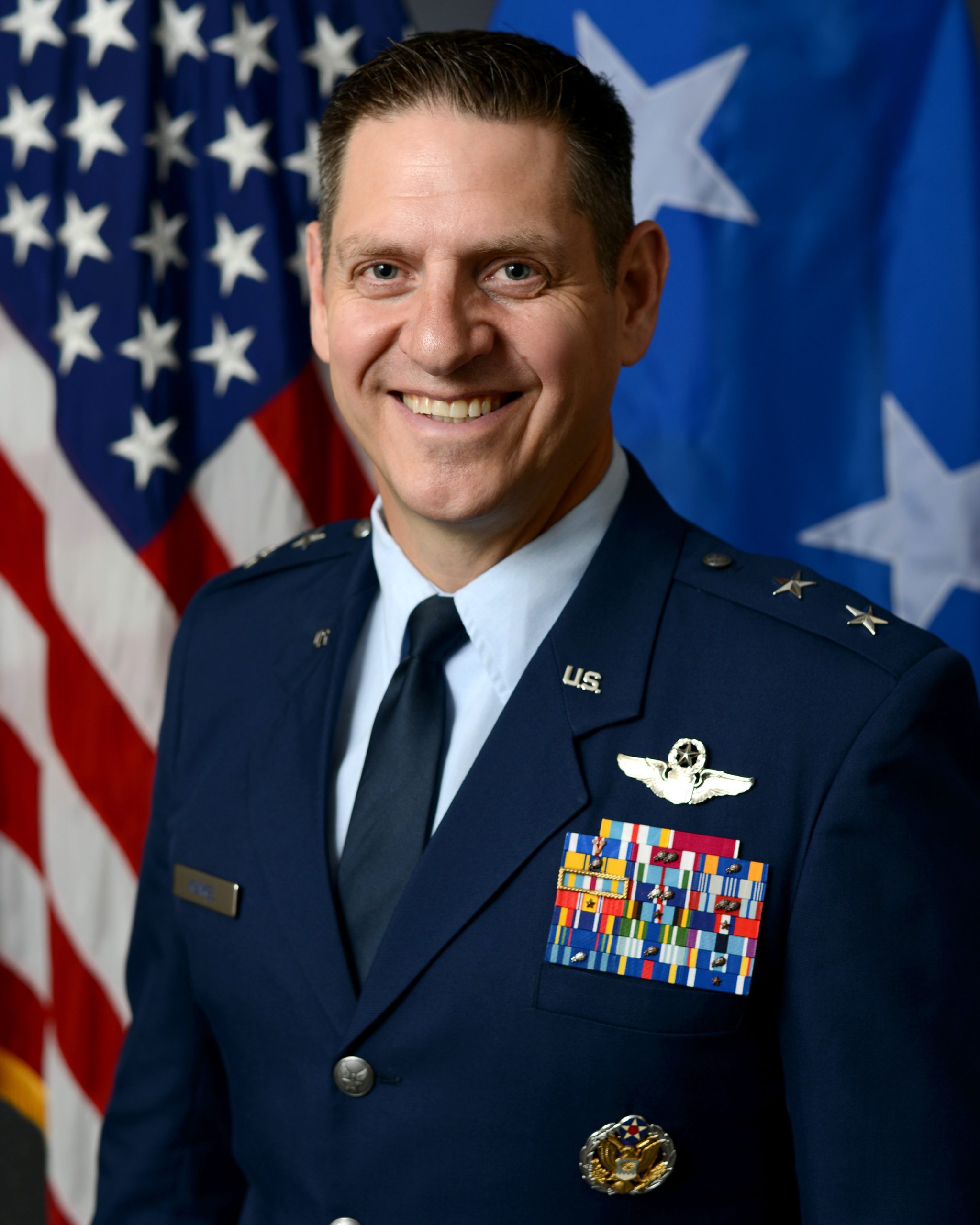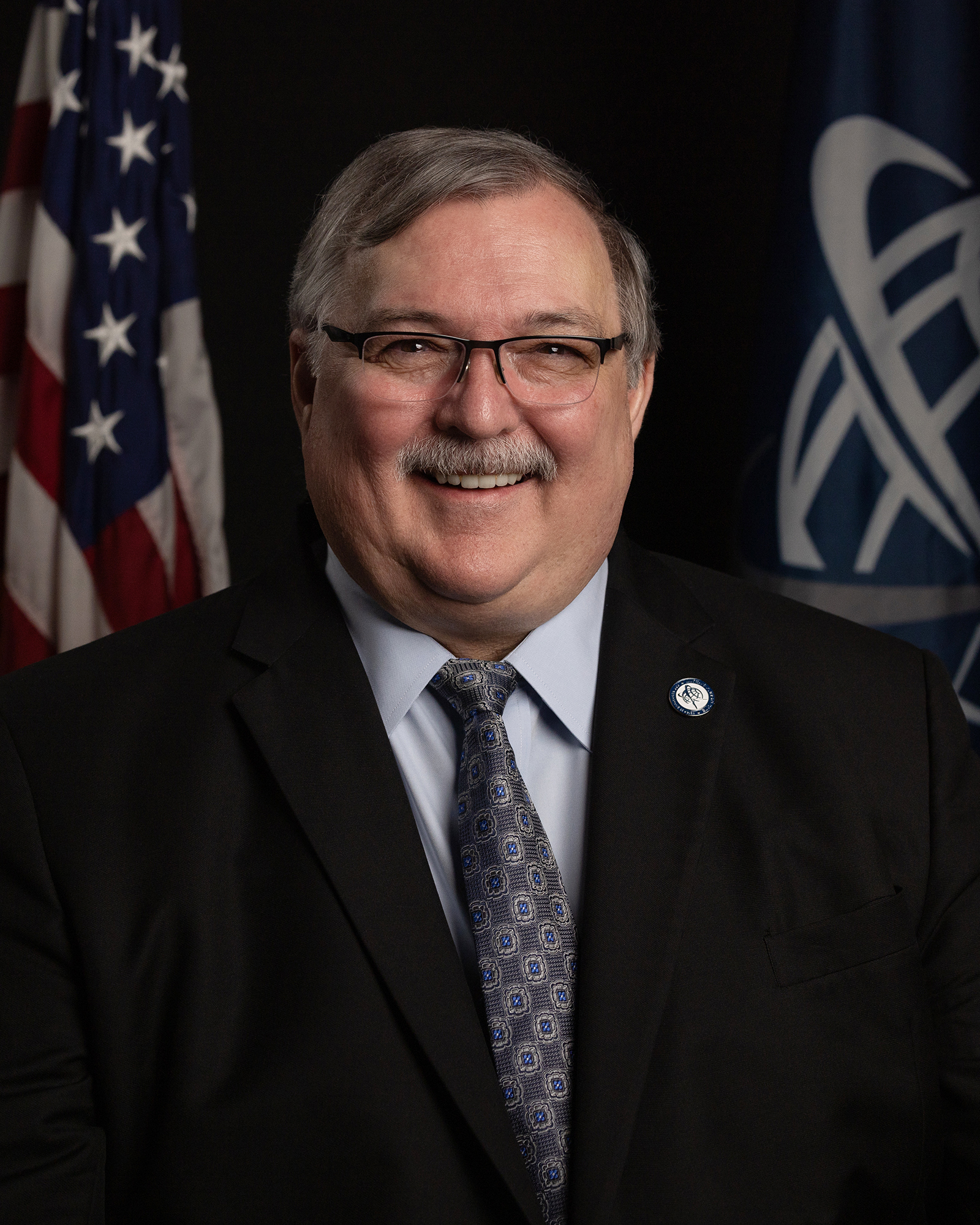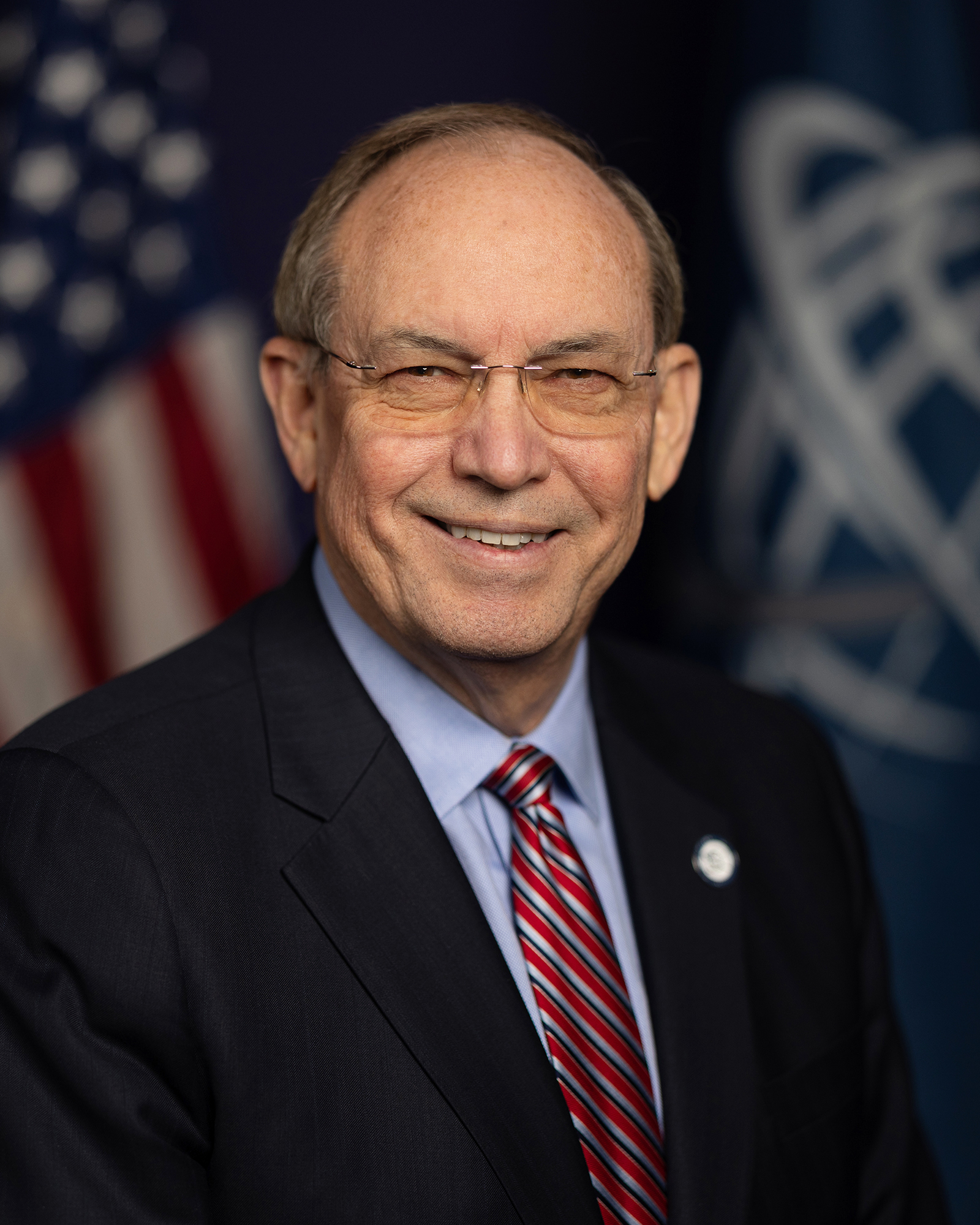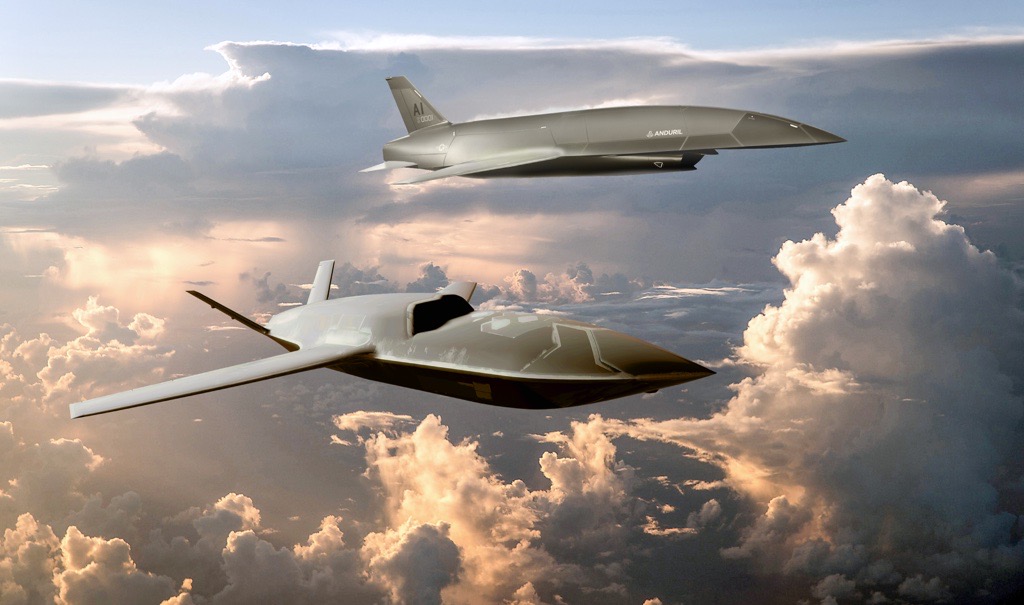Join us as we rollout our newest research study, authored by the Mitchell Institute’s Col. Mark A. Gunzinger, USAF (Ret.), Director of Future Concepts and Capability Assessments. The event will feature guest speaker Maj. Gen. Joseph D. Kunkel, Director of Force Design, Integration, and Wargaming, Deputy Chief of Staff for Air Force Futures.
The U.S. Air Force is fielding a future counterair force that is sized and shaped to achieve the degree of air superiority required to defeat China in a Pacific conflict. The Air Force is developing collaborative combat aircraft (CCA) as part of that force to achieve its counterair mission requirements. This will require the Air Force and its industry partners to continue to mature technologies that are key to developing CCA that can operate in a highly collaborative fashion with other aircraft. CCA will act as force multipliers that complement—but do not replace—the service’s F-22s, F-35s, and future F-47s. This collaborative combination will pose a diverse threat that is more difficult for adversaries to accurately characterize and counter in highly dynamic, time-compressed operational environments.
For these advantages to be realized, they’ll require adequate personnel, fuel, theater airlift, etc. Logistics are a key requirement to inform key performance parameters, including the mix of CCA the Air Force acquires and how they are employed.
This report summarizes insights from the third in a series of Mitchell Institute exercises that explored the potential for CCA with autonomous technologies to perform as counterair force multipliers. Its recommendations are derived from the assessments of teams of Air Force and industry planners, operational experts, and technologists on potential CCA use cases and logistics required to generate CCA sorties during a major Pacific conflict.
Downloads
Speakers
 Brig Gen Joseph D. KunkelDirector of Force Design, Integration, and Wargaming, Deputy Chief of Staff for Air Force Futures
Brig Gen Joseph D. KunkelDirector of Force Design, Integration, and Wargaming, Deputy Chief of Staff for Air Force Futures  Mark GunzingerDirector of Future Concepts and Capability Assessments, The Mitchell Institute for Aerospace Studies
Mark GunzingerDirector of Future Concepts and Capability Assessments, The Mitchell Institute for Aerospace Studies Lt Gen David A. Deptula USAF (Ret.)Dean, The Mitchell Institute for Aerospace Studies
Lt Gen David A. Deptula USAF (Ret.)Dean, The Mitchell Institute for Aerospace Studies